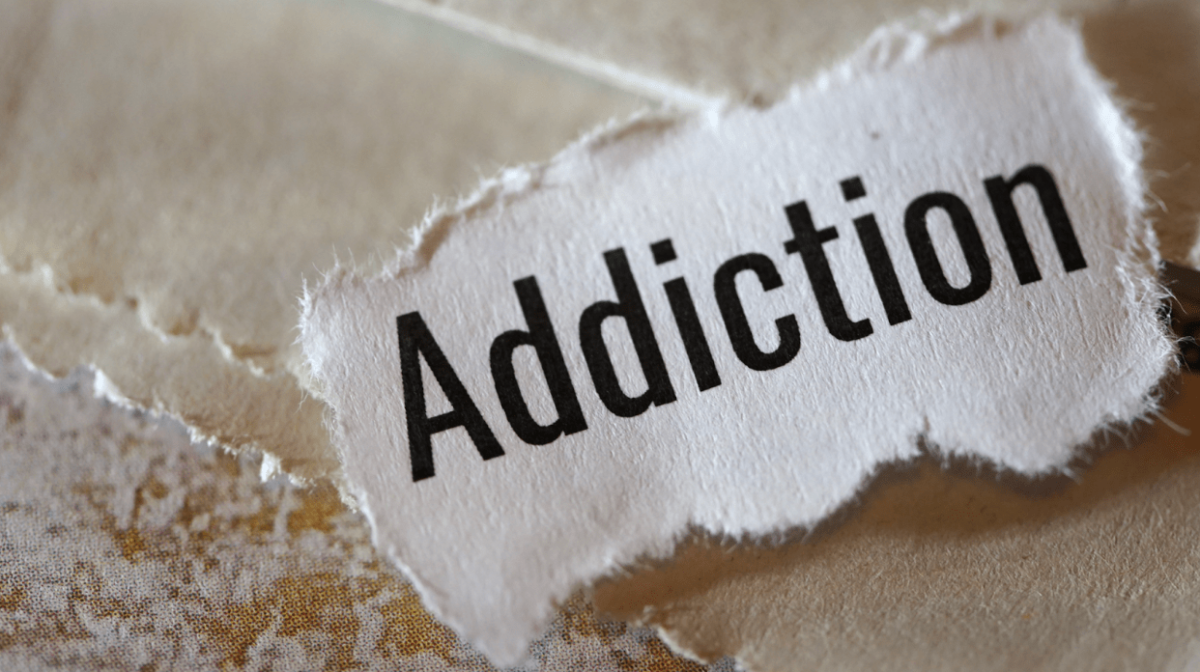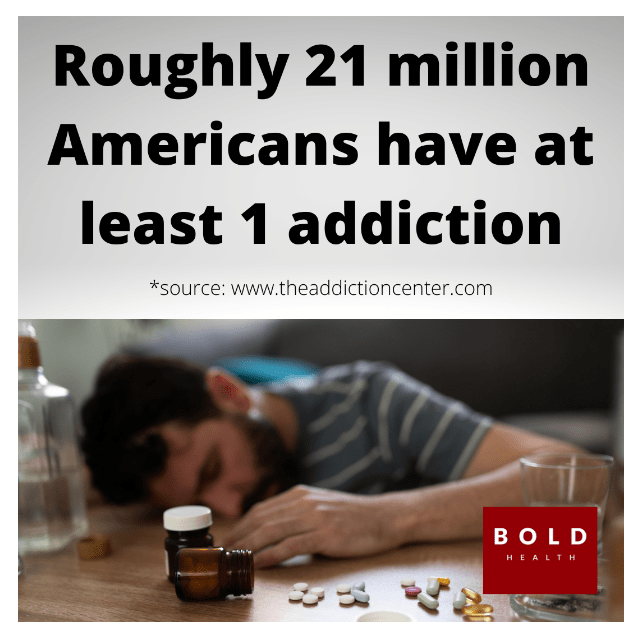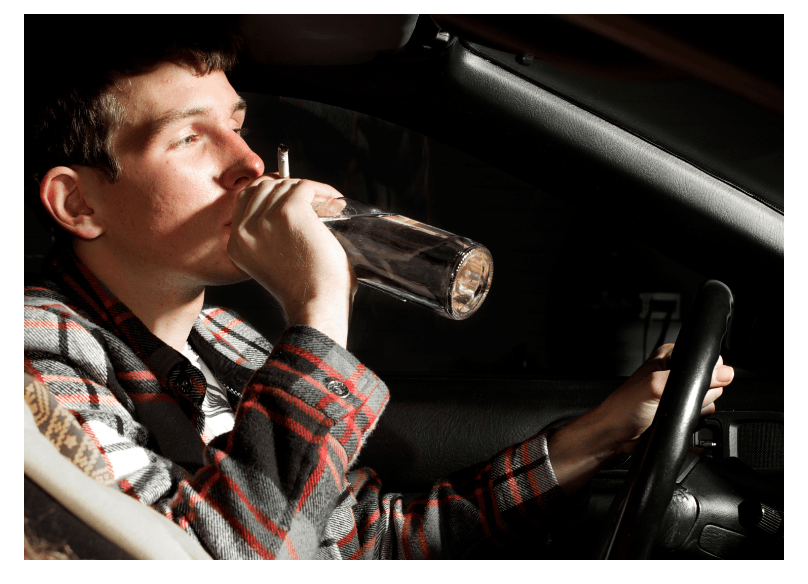
The 4 Stages of Addiction: What to Look For
The journey to addiction is a complex one. Not everyone’s addiction process is going to look the same. How fast you become addicted to a substance is dependent on several factors. Some of these factors include the wiring of your brain, life experiences, the environment you live in, and your genetics.
That said, developing an addiction doesn’t suddenly happen with no warning. There are signs. Even though the timing may differ among individuals, the addiction process is relatively the same for everyone and consists of four stages.
As the saying goes, “knowledge is power.” Understanding the 4 stages of addiction is crucial to identifying whether you or someone you care about is in danger. When you can successfully determine where you or your loved one is in your relationship to substances, you could save yourself or others a whole lot of heartache and pain.
Our Addiction IOP in San Diego
Chemical Dependency in a Loved One: What You Need to Know
The 4 Stages of Addiction
While not every addiction starts the same way. It could begin innocently after taking and becoming dependent on prescription opioids. You could suffer a difficult situation or trauma in your life, driving you to drink alcohol or try recreational drugs to escape the pain. Or perhaps
you find yourself reaching for the bottle every night after you get home as a way to unwind, only to realize you can’t seem to relax without it.
Addiction can really sneak up on you. If you are fighting it, you likely passed through the first three stages before you ended up in the fourth one. Take a look at the four stages of addiction to see if you can either identify where you or someone you love is in the addiction process.
Stage One of Addiction: Experimentation
Addiction typically begins innocently. And by innocently, we mean you don’t intend to become addicted when you experiment with a substance like drugs or alcohol. You just try it to see how it makes you feel.
What You Need to Know About Valium Withdrawal
In the case of alcohol, a legal and socially acceptable substance, it’s really easy to give in to experimentation. Because alcohol saturates our society, television shows, movies, celebrations, get-togethers, and events, it can be argued that it’s more difficult not to try it.

When we’re talking about recreational drugs like LSD, marijuana (which is legal in some states), cocaine, heroin, or street drugs, you may feel a little less inclined. But maybe you’re curious. So you think, “Hey, I’ll give it a try just this once, to see what it’s like. My friend seems to like it,”
This first stage of addiction refers to the voluntary use of a substance to feel the high it provides. With teens, this can be dangerous. Research shows that teens who begin drinking before 15 are seven times more likely to develop alcohol use disorder than adults who wait until after 18. Their risk for addiction is much higher for drug use as well.
Some people can stop after the experimentation phase. Perhaps they don’t enjoy the effects of whatever substance they tried. Or maybe they find joy in doing other things more. But if you want the high and seek out continued use, you are likely moving past stage one and into stage two of addiction.
Stage Two of Addiction: Regular Use of Substance
Now, if you regularly have a drink with friends or a glass of wine here or there, we’re not saying you’re addicted. Stage two of addiction is somewhat of a crossroads for individuals. Some people can continue to use substances fairly regularly and still be able to stop.
But stage two can also be where you shift from occasional use to dependence. It is often where an occasional drink turns into a routine. Then, before you know it, the idea of quitting seems nearly impossible to you.
You may notice mood and behavior changes as you move further into addiction. You may withdraw from friends and family to spend more time drinking or using. This is a sure sign that you’re quickly moving into stage three of addiction.
Fentanyl Dangers: Now the Deadliest Drug in the U.S.
Stage Three of Addiction: Risky Use of Substances
Stage three of the addiction process is where it becomes more apparent you’re developing an addiction. Your substance use begins to have a more substantial negative impact on your life.
You know your substance abuse issue if you’ve reached stage three of addiction. But you also continue to drink or use drugs despite any negative ramifications. You take more risks, like driving under the influence or doing whatever you can to get more money for drugs.
Why You Need a Marijuana Addiction Treatment Program

You know it’s hurting those around you, your work or school performance, and your health. But you don’t stop. At this stage of the game, stopping would be incredibly difficult. And if you have a severe substance abuse problem, it can even be dangerous. If that’s the case, you need to seek addiction treatment in San Diego (or wherever you are) as soon as possible.
Stage Four of Addiction: Dependency and Addiction
At this point, your brain and body likely develop a dependency and addiction. Your body knows if you don’t get a drink or the drugs you crave. Even if you attempted to stop, you’d most likely suffer withdrawal symptoms.
Most of your days are either spent on your substance of choice or constantly thinking about when you get to drink or use next. Your relationships, work or school performance, finances, and mental and physical health have all been negatively affected.
Addiction is dangerous for so many reasons. The good news is that there is help. You can overcome addiction. But you need professional guidance. Attempting to quit on your own will most likely not be successful, but it can also be dangerous.
Signs of Codeine Addiction and How to Get Help
Finding Quality Addiction Treatment in San Diego
To fight the challenging addiction battle, you need compassion, dedication, patience, and experience in your clinical team. You’ll find all of that at BOLD Health in Encinitas, CA. Our incredible team will collaborate to ensure you get the best addiction treatment in San Diego.
And your addiction treatment program won’t look exactly like everyone else’s. We understand the value of your individual needs, experiences, and genetic makeup. Your comprehensive intake evaluation will allow us to curate the ideal addiction treatment program for you. It may include any of our highly-effective treatment options, including:
Alcohol Abuse vs. Alcoholism: Knowing the Difference
All our outpatient options, including our addiction IOP in San Diego, allow you to get the help you need without staying at a residential facility. If you’re deep into addiction and need a rigorous treatment program, we’ll most likely recommend our IOP in San Diego.

But first things first, you have to make the most critical step in your recovery process – reaching out for help. Contact us for more information about any of our addiction treatment programs. We’re ready to meet you and walk you through your recovery journey.
3 Comments



[…] The 4 Stages of Addiction: What to Look For […]
[…] The 4 Stages of Addiction: What to Look For […]
[…] doesn’t happen overnight. It happens in stages. The same goes for recovery. If you struggle with addiction, you won’t wake up one day free from […]